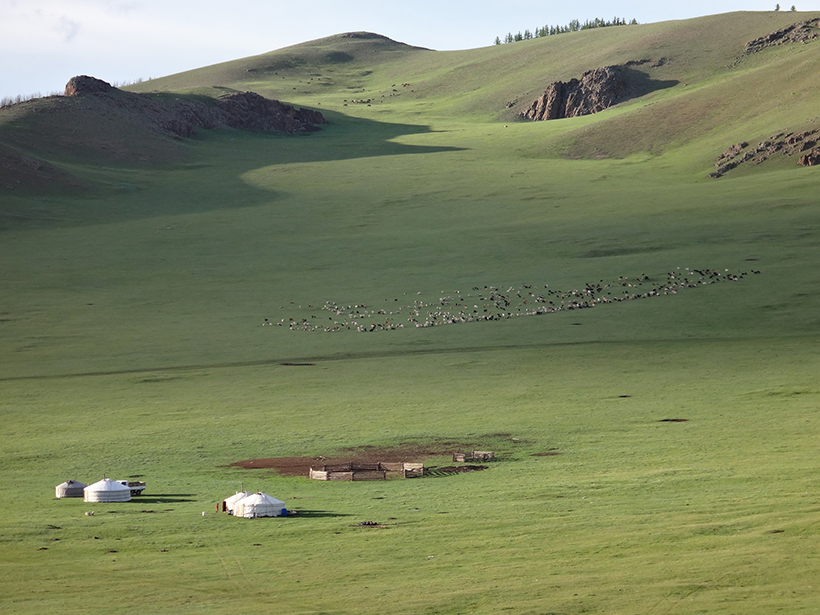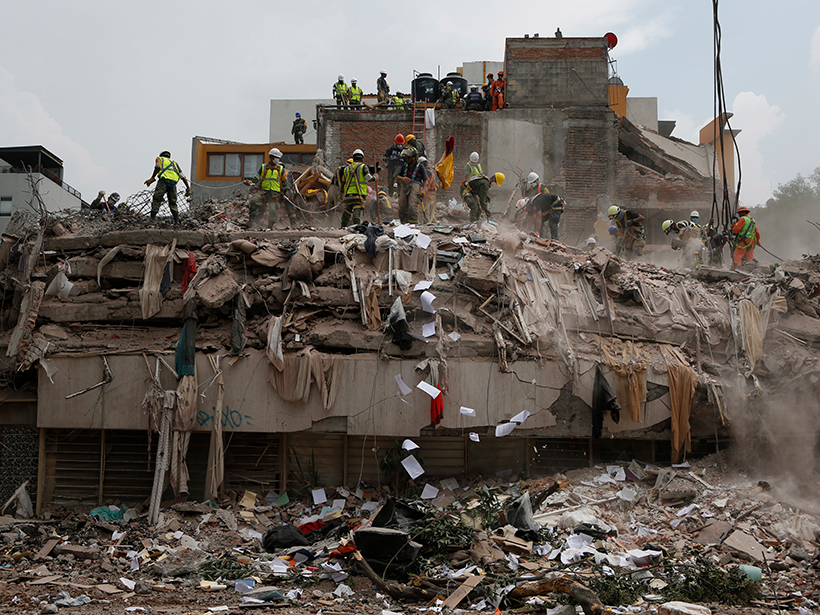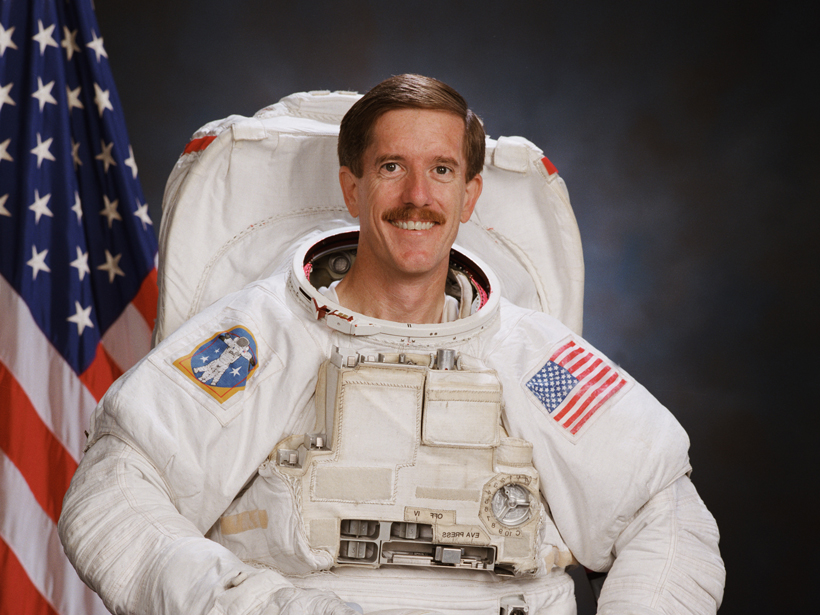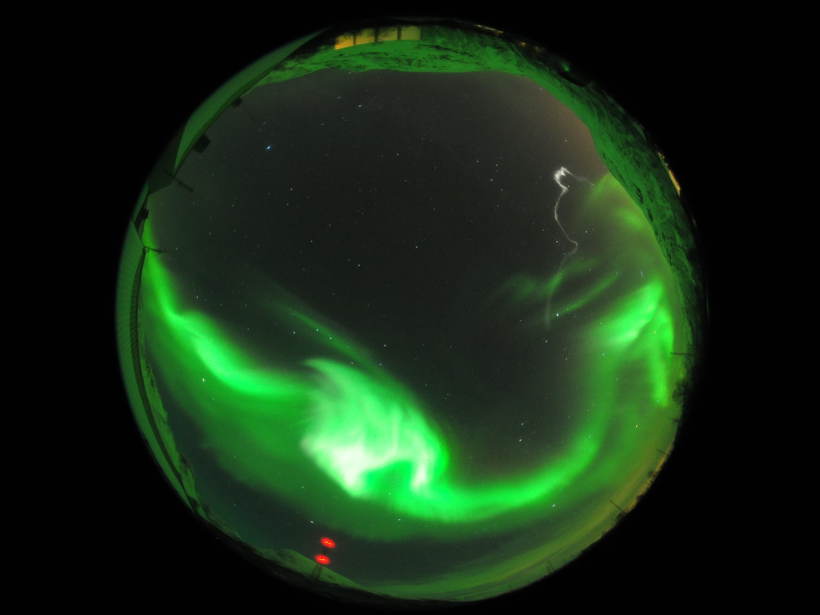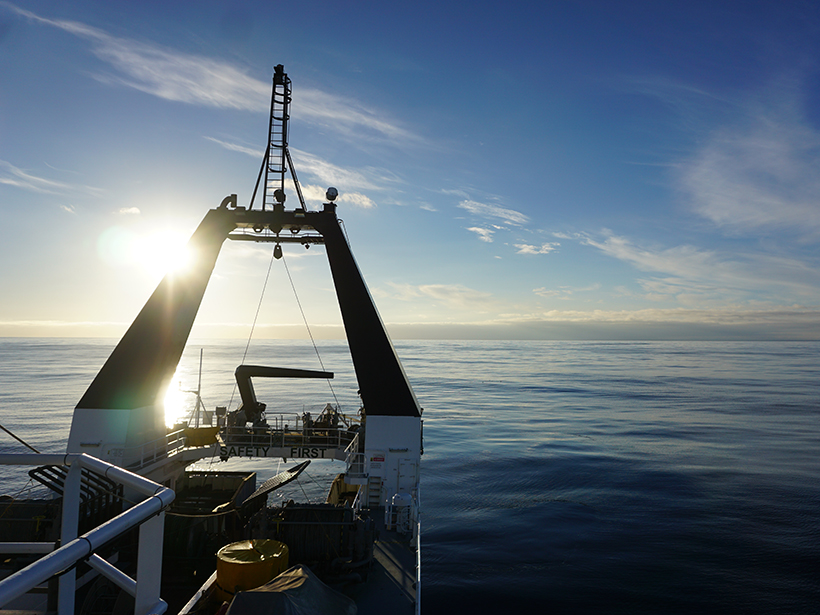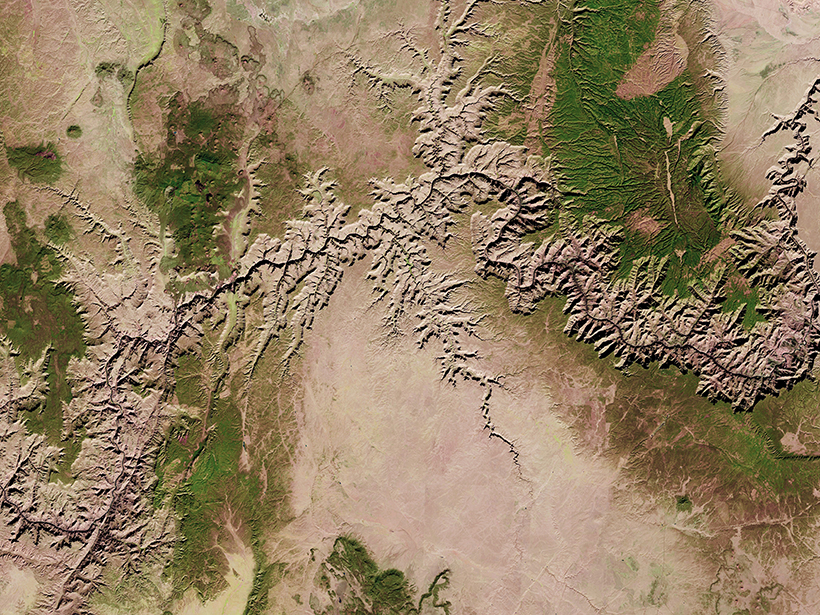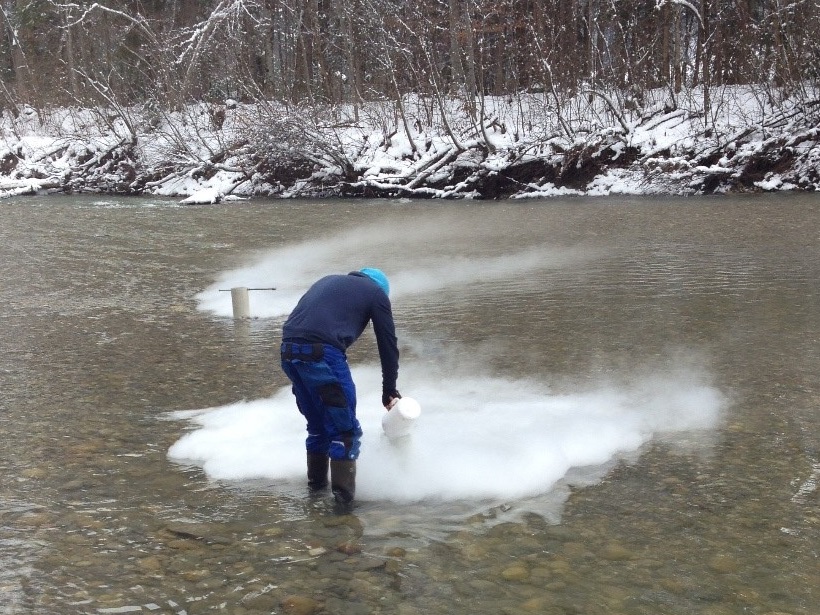Scientists model the effect of horses, cattle, sheep, and goats on local environments and global climate.
CC BY-NC-ND 2018
Were Mexico’s September Quakes Chance or a Chain Reaction?
Last year, two major earthquakes—one 12 days after the first—shook Mexico. New analysis blames this very unlikely event on chance. But one of the pair may have triggered a third large nearby temblor.
White House Announces Choice to Head U.S. Geological Survey
Observers said the nominee appears to have strong credentials but voiced uncertainty about his management qualifications and noted the challenge of maintaining the agency’s strengths.
Sounding Rockets Probe the Northern Lights Above Norway
Scientists measure how the aurora affects winds in the upper atmosphere.
How Offshore Groundwater Shapes the Seafloor
The MARCAN project, launched last January, is working to fill a gap in our knowledge of how freshwater flowing underground shapes and alters the continental margins.
Plotting the Pliocene Polar Front
Understanding changing conditions in the south polar oceans during the warm late Pliocene period may help predict the impact of contemporary warming.
Report Recommends Priorities for Earth Observations from Space
The new strategic plan, which builds on earlier road maps for observing the planet, identifies top targets for satellite scrutiny for the next decade.
New Estimates of Ozone Transport in Extratropical Cyclones
Cross-tropopause ozone transport in midlatitude cyclones, coincident with dry air intrusions, is derived from satellite and reanalysis data organized in cyclone-centric coordinates.
Above and Below: Understanding River-Groundwater Exchanges
Field data, new technologies, numerical modelling, and geostatistical methods can be combined to improve understanding of the interactions between surface water and groundwater.
Dropping the Beat with Some Geoscience Data
Listen to the music of the ice, the turning of the planets, the ringing of rings, the rockin’ of quakes, and the mournful tones of global warming.

